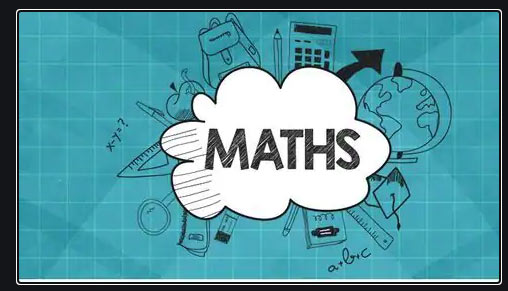Definition of Distributive Property
To “distribute” means to divide something or give a share or part of something.
According to the distributive property, multiplying the amount of two or more addends by a number will offer the exact same outcome as multiplying each addend individually by the number and after that adding the products together.
Types of Distributive Property
There are two types of Distributive Property:
- 1- Distributive Property of Multiplication over Addition
- 2- Distributive Property of Multiplication over Subtraction
Distributive Property of Multiplication over Addition
The distributive property of multiplication over addition can be used when you multiply a number by a sum.
Notation
In terms of real numbers a, b and c, we can write this property as:
a * (b + c) = (a * b) + (a * c)
Example
Suppose you want to multiply 4 by the sum of 9 and 3.
4 * (9 + 3) = ?
According to the property, you may add the numbers and then multiply by 4.
4 * (9 + 3) = 4 * (12) = 48
Or, firstly you can multiply each number by the 4. (This is called distributing the 4.) Then, you may add the products.
The multiplication of 4(9) and 4(3) will each be done before you add.
4 * (9) + 4 * (3) = 36 + 12 = 48
Remember that the answer is exactly the same as before.
Distributive Property of Multiplication over Subtraction
The distributive property of multiplication over subtraction is the same as the distributive property of multiplication over addition. You might subtract the numbers and then multiply, or you might multiply and then subtract. This is known as “distributing the multiplier.”
Notation
In terms of real numbers a, b and c, we can write this property as:
a * (b - c) = (a * b) - (a * c)
Example
Suppose you want to multiply 4 by the difference of 9 and 3.
4 * (9 - 3) = ?
According to the property, you can subtract the numbers and then multiply by 4.
4 * (9 - 3) = 4 * (6) = 24
Or, firstly you can multiply each value by the 4. Then, you may subtract the products.
The multiplication of 4(9) and 4(3) will each be done before you subtract.
4 * (9) - 4 * (3) = 36 - 12 = 24
Remember that the answer is exactly the same as before.

